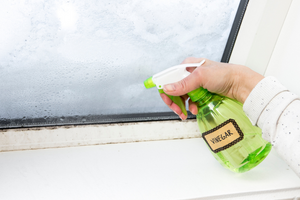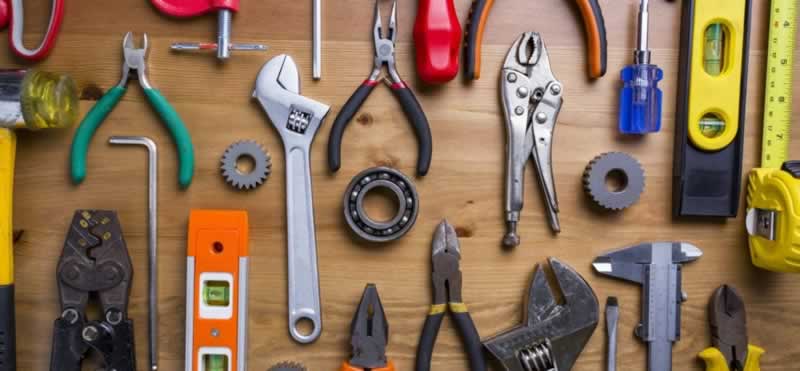Although I have a large, fenced in garden, I wanted to give it—and myself!—a rest this fall. Of course, I also still wanted access to the freshest, home-grown carrots, lettuce, beets and other cool-weather crops.
To that end, I just put in a new raised bed made from reclaimed pallet wood. (For the sake of food safety, I made sure to use only heat-treated wood and finished it with plain flaxseed oil.) The raised bed is close to my house and rain barrels, so I shouldn’t have to work as hard to care for it.
The 16-square-foot space is also small enough that I won’t need to spend hours weeding or cultivating.
Read more: Disassemble pallet wood to save money and resources on your raised bed project!
Initial Prep
That’s not to say that putting a fall garden in a new raised bed is effortless. Several factors can influence the quality and quantity of produce I’ll be able to coax out of the small space. First, I located it in a spot that gets at least six hours of sun daily.
As important, I’ve taken real pains to keep nibbling critters out. Before I filled the 1-foot-deep bed, I put down a thick layer of cardboard. Then I used landscaping pins to secure two sections of hardware cloth. This should keep burrowing animals from accessing the garden from below.
To facilitate drainage, next I filled the bottom 5 inches with dead tree branches and dried-out plant stems. (I’d been saving these to shred and add to my compost pile, but I had plenty of extra material.) Then I added a few loads of plain garden soil. After that, I mixed in a couple loads of finished compost.
Although it’s not always easy, I’m no longer relying on peat moss. So, I filled the remaining few inches of my raised bed with a peat-free mix.
The recipe comes from Briana Bosch, owner of Colorado-based Blossom & Branch Farm. It includes four parts Foxfarm Coco Loco Potting Mix, one-and-one-half parts compressed coconut coir fiber, and one-half parts green sand.
Read more: Say goodbye to peat moss with these alternatives.
Choosing My Veggies
Plenty of veggies can tolerate fall’s cooler temperatures. Some of these include beets, broccoli, cabbage, carrots, cauliflower, chard, kale, lettuce, peas, and spinach. And, with fewer insect pests around, fall is a good time to grow some of the trickier ones.
For instance, in the spring, the flea beetles invariably find my broccoli. I’ve had better luck with this particular crop during the fall.
Since the first average frost in my area is still a few months away, time-to-maturity wasn’t too big a factor. I would have enough time to grow most any fall crop. However, I focused on growing vegetables I actually like—especially super-sweet carrots and sugar snap peas.
I also chose many cut-and-come-again types, so I can enjoy ongoing harvests…
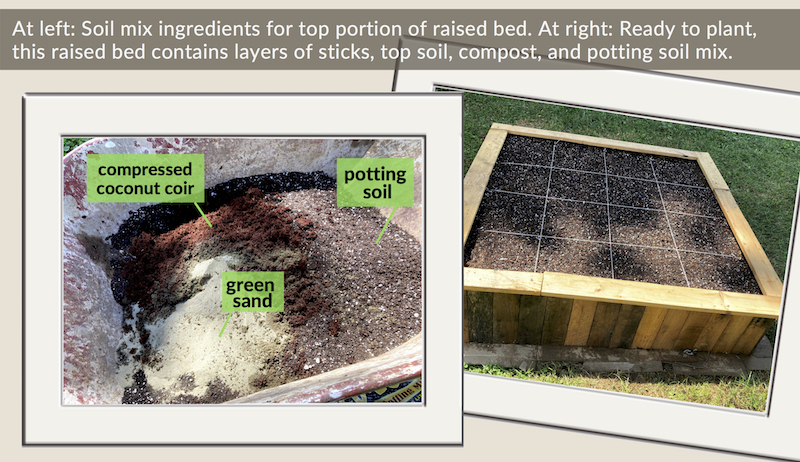



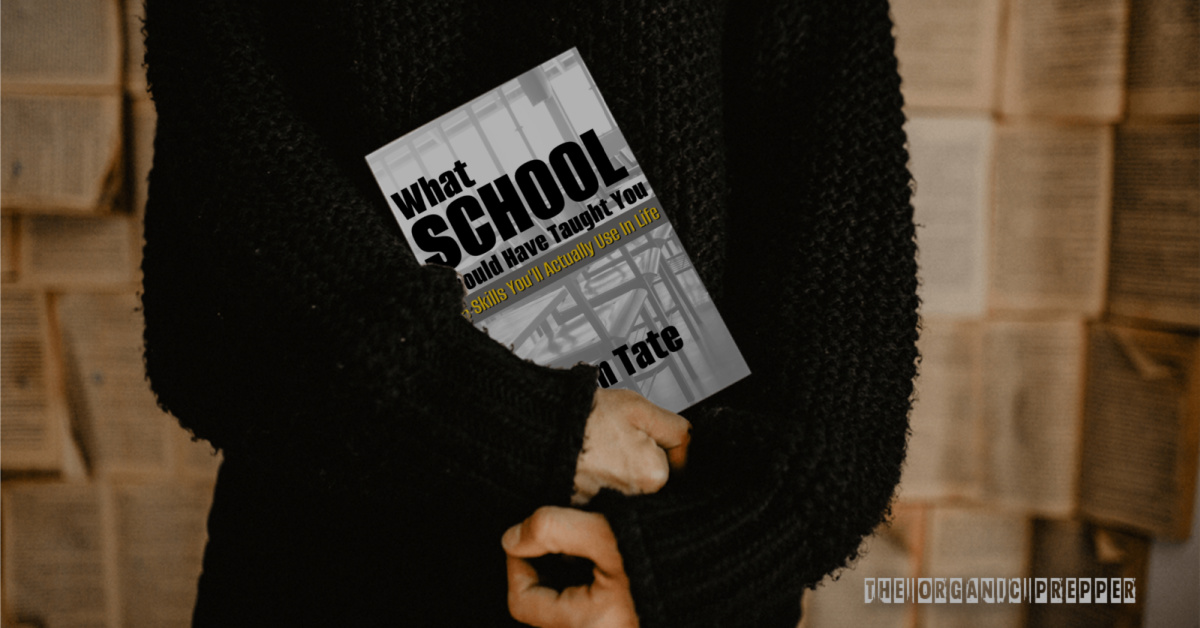


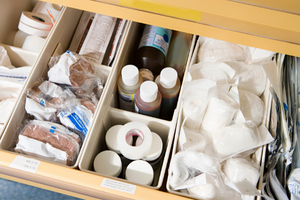 There will be three things immediately in short supply during a SHTF scenario: food, potable water, and medical supplies.
There will be three things immediately in short supply during a SHTF scenario: food, potable water, and medical supplies.